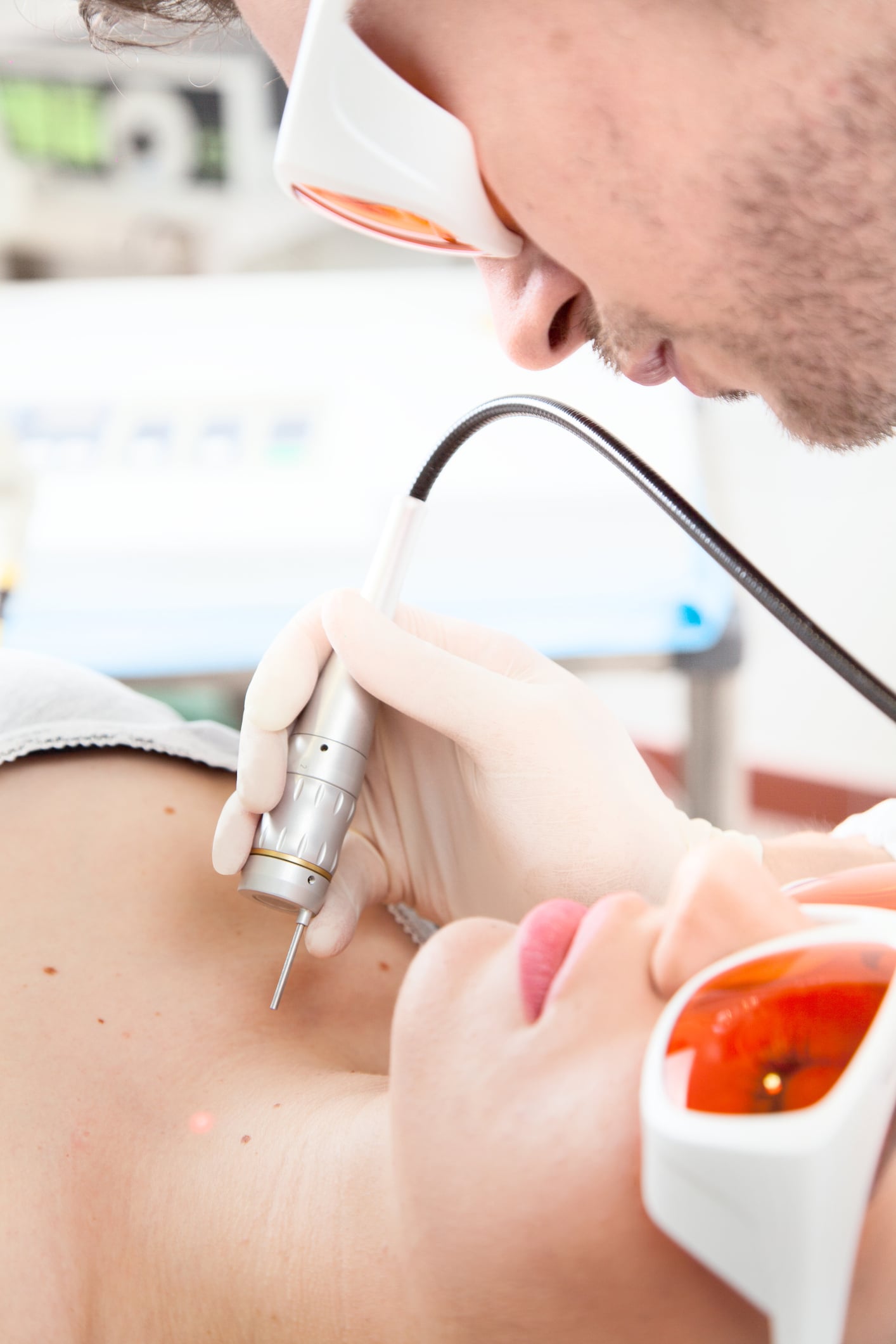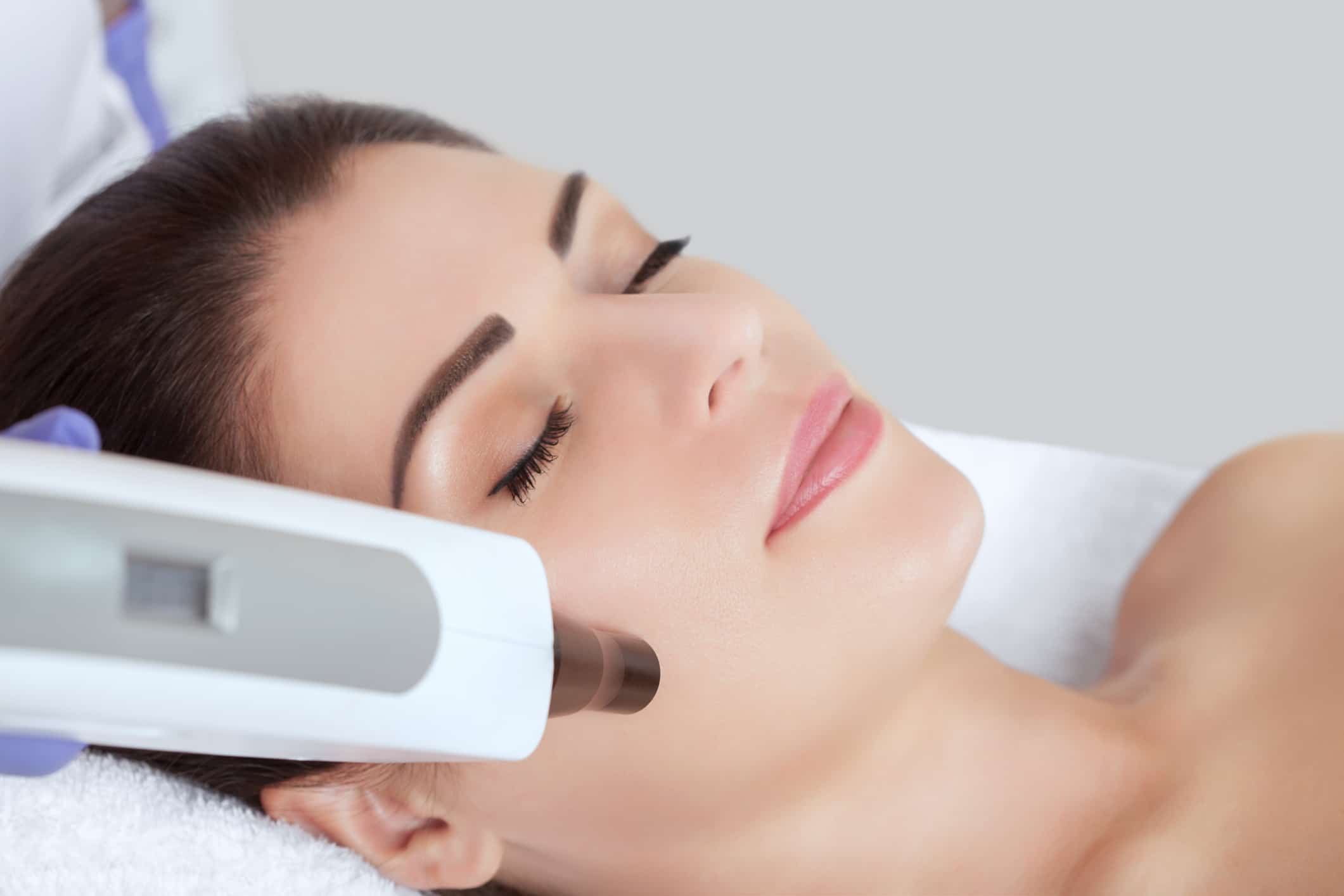
What Is Laser Skin Resurfacing?
Laser skin resurfacing is an aesthetic treatment that lifts away years from your face. It can reverse the early signs of aging, and helps counteract years of sun damage or acne scarring. It provides noticeable results, often in as little as a single treatment. At the practice of Stuart Lipton, MD, we use Pixel skin resurfacing.
Who Is A Candidate For Skin Resurfacing?
Pixel skin resurfacing can benefit adults who are interested in smoothing lines and wrinkles or shallow scars. Because the skin relies on cellular turnover and continual production of collagen and elastin, laser resurfacing also makes sense for many people who have undergone a facelift or other cosmetic lift.
Can Laser Skin Resurfacing Remove Scars And Dark Marks?
Laser resurfacing can improve scars, wrinkles, enlarged pores, dark spots, and sun damage. The results of treatment revolve around the removal of much of the outer layer of the skin and the collagen remodeling that results from that.
Benefits Of Skin Resurfacing
With Pixel skin resurfacing, you will see a dramatic improvement in the tone and texture of your skin. Many patients choose Pixel resurfacing for these benefits:
- Clears sun-damaged skin
- Smoothens fine lines and wrinkles
- Shrinks the appearance of scars
- Fills in acne scars
- Blends uneven pigmentation
Can Laser Skin Resurfacing Be Combined With Other Procedures?
Laser skin resurfacing is a good complement to other cosmetic procedures due to the effect that laser energy has on the skin. In some cases, this treatment is performed to achieve a better response from the skin after a facelift, brow lift, or other surgical procedures. Laser resurfacing can also be followed up with Botox and/or dermal fillers. The resurfacing procedure smooths the skin’s surface while fillers improve the volume beneath the skin. Our team can develop a treatment protocol that effectively addresses your goals and needs.
What Is The Difference Between Ablative And Non-Ablative Lasers?
Non-ablative lasers are considered lunchtime treatments because they do not incur downtime. Patients do not require anesthetic to tolerate this type of laser rejuvenation. However, it can take up to five sessions to achieve the maximum potential of non-ablative laser treatment, as this technology focuses energy only within the dermis layer of the skin.
Ablative lasers affect the epidermis. The applicator delivers an intense wavelength of light that vaporizes the outermost layer of the skin. Due to the obliteration of surface cells, ablative laser treatments have typically required substantial downtime and strict aftercare to avoid potential complications such as infection.
The Pixel laser device is ablative and also fractional, meaning that it targets only a fraction of the skin’s surface. Fractional ablative laser represents the best of both aspects of resurfacing, the combination of maximum effects and the comfort and short recovery of non-ablative methods.
How Does Pixel Skin Resurfacing Work?
Pixel works by creating thousands of microscopic perforations, but the skin around each of these perforations remains intact. This allows your skin’s top layer to heal from the edge of these tiny holes very rapidly. Not only is healing time shortened considerably, but Pixel also comes with a lower risk of complications, as compared to traditional laser resurfacing.
Prior to the skin resurfacing treatment, Dr. Stuart Lipton will prescribe topical pain medicine to make you more comfortable. You can expect your skin to be flushed and red after the treatment – something similar to a sunbur

What Our Patients Have To Say
"I really love the care and attention from their staff. Friendly, warm and attentive. Walked me through all the options available. Love the results !! I would highly recommend their service to my friends."
How Long Does This Procedure Take?
Laser resurfacing appointments can take 45 minutes to an hour, depending on the area being treated and the use of a topical numbing cream. Treatment lasts approximately 30 minutes.
Is This Procedure Painful?
Compared to most ablative laser treatments, Pixel laser resurfacing is well tolerated by most patients. A topical numbing cream may not be entirely necessary, but we incorporate it into our protocol. Local anesthetic improves the treatment experience and can minimize the anxiety some patients may feel when undergoing laser resurfacing. Patients report an intensely warm or prickly sensation during the procedure. Once the treatment is complete, the sensation feels more like a sunburn.
How Many Pixel Resurfacing Treatments Will I Need?
While one Pixel laser resurfacing will show noticeable results, optimal results are achieved with a series of treatments. Generally, we recommend 3 treatments although this is dependent on the condition of your skin. The number of treatments required for best results really depends on the starting point and condition of your skin.

What Should I Expect After Laser Skin Resurfacing Treatment?
Laser skin resurfacing results in redness that can last a few days. Redness resembles a mild to moderate sunburn both in appearance as well as sensations on the skin. Some patients notice mild swelling as well. The fractional pattern of laser energy may become visible during the cell turnover process when the epidermis starts to flake. Generally, redness is dramatically improved within 4 days of treatment. Flaking begins at that time and resolves by the 6th or 7th day. After this time, the skin will look much smoother and more radiant. Scars and wrinkles continue to improve over several months as new collagen is deposited into the skin’s foundation.
What Are The Side Effects Of Skin Resurfacing?
Because Pixel laser resurfacing is fractional, side effects are minimal compared to fully ablative treatments. Redness is expected and some patients may notice swelling, as well. In some cases, a mild acne breakout may occur.
How to Prepare for the Skin Resurfacing Procedure in Lewisville, TX
Prior to your skin resurfacing procedure, you should avoid adding any new products to your existing skin care regimen. This could cause irritation during the procedure or make recovery more difficult by impacting your body's natural ability to heal.
You'll also want to make sure you're sitting down with your doctor to discuss recommendations that are specific to your situation. For some people, they'll need to avoid not only medications like aspirin and ibuprofen but also things like vitamin E as well.
The issue is that these blood thinners can lead to an increased chance of bruising. This won't be necessary for everyone, so you'll want to ask directly. Finally, be sure to avoid alcohol before and immediately after the procedure. This is because consuming alcohol can increase the risk of inflammation.
Myths and Misconceptions About Skin Resurfacing
One of the biggest misconceptions about skin resurfacing is that it is a procedure that people with darker complexions cannot have. In the past, people with darker skin tones had limited options when it came to laser skin resurfacing. However, with the latest technological advancements, these same patients have a variety of different options.
The medical equipment can be easily adjusted to be suitable for virtually all skin tones and types.
Contraindications for Skin Resurfacing
In medical terminology, a contraindication is a scenario where specific types of medicine should not be used because they may harm a patient. Prior to your skin resurfacing treatment, you should avoid products like retinoid creams and other products that exfoliate the skin. You'll also want to avoid any type of self-tanning products, as it can directly interfere with the procedure to the point where damage might be caused.
Skin Resurfacing in Lewisville, TX: What to Know About Recovery and Outlook
Your recovery period will depend on the type of laser used and depth of the resurfacing treatment. Superficial resurfacing usually does not have extended downtime. However, for more in-depth resurfacing treatments, it is not unusual to have a recovery period of 10 to 14 days.
The Side Effects and Risks of Skin Resurfacing
When performed by an experienced medical professional, skin resurfacing is a safe procedure. However, similar to other types of cosmetic procedures, there is a slight risk of infection, scarring, swelling, bleeding, and undesired aesthetic results. This is why you always want to pay close attention and follow your doctor's instructions.
Depending on how sensitive your skin is, you may also experience either an extended period of redness or even a burning sensation on the impacted area. You'll want to inform your doctor immediately so they can tell you exactly what you should be doing next.
What Is The Skin Resurfacing Cost in Lewisville, TX?
According to a recent study by the American Society of Plastic Surgeons, the average cost of skin resurfacing is roughly $1,489. Of course, this will vary depending on the extent of the work that needs to be done, the specific type of skin resurfacing you use, and even the area of the country where you live.
Schedule A Consultation
For more information on the Pixel laser skin resurfacing, contact our office today at (972) 420-0023 to schedule a consultation. Our practice serves Lewisville, Dallas and surrounding areas in Texas.

